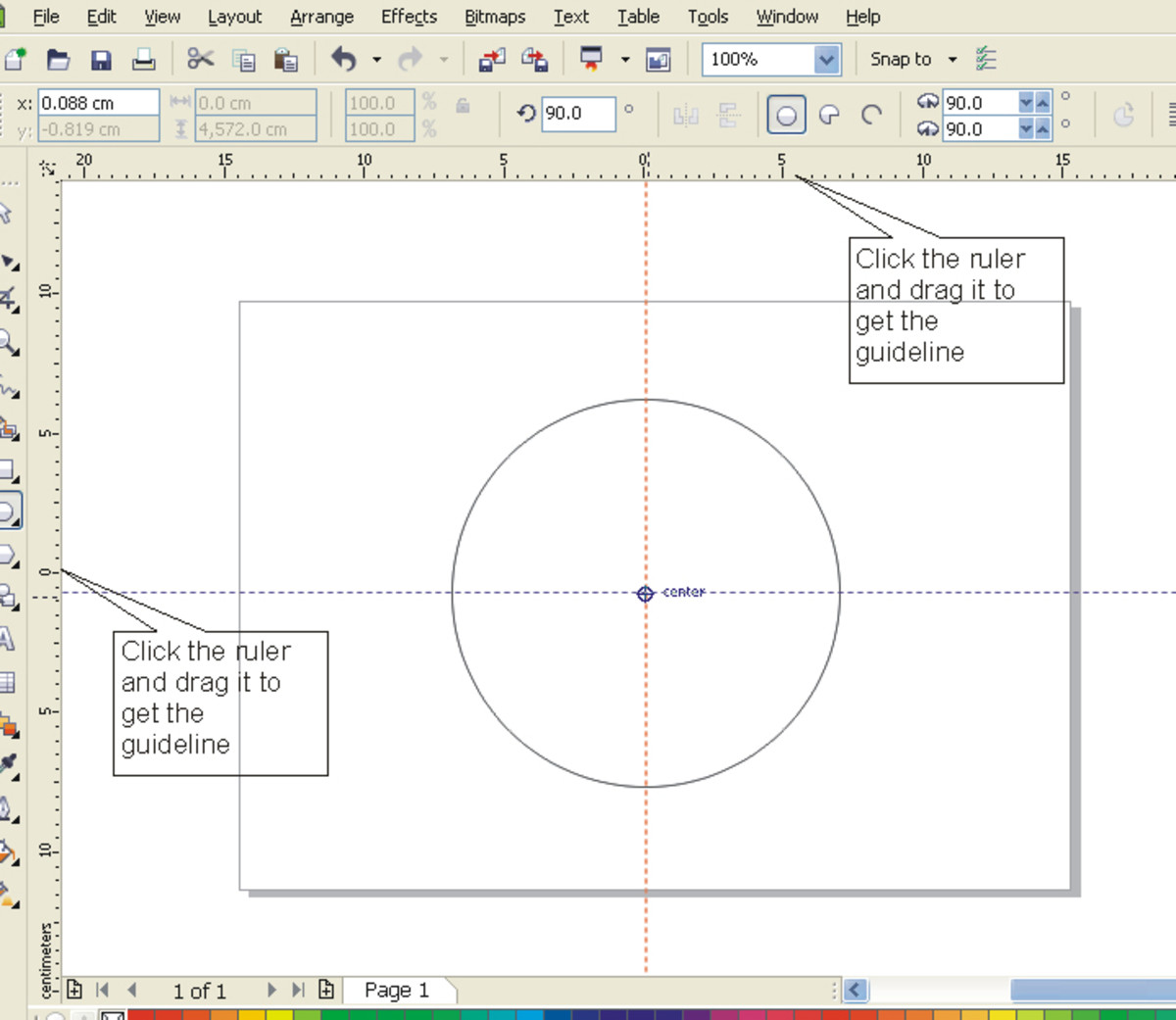

The hard work goes into writing the object template-that is, the class itself. The simple Car example above demonstrates how the use of objects in Processing makes for clean, readable code.
#How do i rotate an object in corel draw 10 code#
We are going to get into the details regarding the above code in a moment, but before we do so, let's take a look at how the Car class itself is written. Moving beyond pseudocode, the actual body of the sketch might look like: Car m圜ar Where did those variables go? They still exist, only now they live inside of the Car object (and will be defined in the Car class, which we will get to in a moment).

Instead of having separate variables for car color, car location, and car speed, we now have only one variable: a Car variable! And, instead of initializing those three variables, we initialize one thing: the Car object. Notice: we removed all of the global variables from the first example. Using object-oriented design, the pseudocode improves to look something like this: The object will also know about the stuff it can do, the methods (functions inside an object)-the car can drive and it can be displayed. A car object will know about its data- color, location, speed. Object-oriented programming allows us to take all of the variables and functions out of the main program and store them inside a car object. To implement the above pseudo-code, we would define global variables at the top of the program, initialize them in setup(), and call functions to move and display the car in draw().
Initialize car location to starting point. Using an Objectīefore we look at the actual writing of a class itself, let's briefly look at how using objects in our main program (i.e., setup() and draw()) makes the world a better place.Ĭonsider the pseudo-code for a simple sketch that moves a rectangle horizontally across the window (we'll think of this rectangle as a “car”). The cookie cutter is the class, the cookies are the objects. A cookie cutter makes cookies, but it is not a cookie itself. We are all people, real world instances of the idea of a human being. This human being template is known as a class. This is a crucial distinction for programming objects. To be human is to have height, hair, to sleep, to eat, and so on. The above structure is not a human being itself it simply describes the idea, or the concept, behind a human being. Now, before we get too much further, we need to embark on a brief metaphysical digression. Let's map out the data and functions for a very simple human object: An object is just like you, a thing that has properties and can do stuff. You also have the ability to do stuff, such as wake up (presumably, you can also sleep), eat, or ride the subway. You look a certain way perhaps you have brown hair, wear glasses, and appear slightly nerdy. What is involved here? Specifically, what things are involved? First, although it may not be immediately apparent from how we wrote the above instructions, the main thing is you-a human being, a person. Eat breakfast: cereal, blueberries, and soy milk. Imagine you were not programming in Processing, but were instead writing out a program for your day-a list of instructions, if you will. If you see any errors or have comments, please let us know.īefore we begin examining the details of how object-oriented programming (OOP) works in Processing, let's embark on a short conceptual discussion of “objects” themselves. This tutorial is from the book Learning Processing by Daniel Shiffman, published by Morgan Kaufmann, © 2008 Elsevier Inc.






 0 kommentar(er)
0 kommentar(er)
